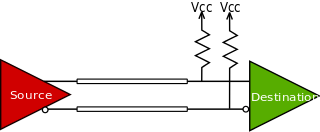yefj
Advanced Member level 5

Hello,I have the following circuit where my output is on the buttom call out net.
as you can see my out pulse has a very big charge and discharge time.
Is there a way to make the out pulse charge and discharge faster?
Thanks.


as you can see my out pulse has a very big charge and discharge time.
Is there a way to make the out pulse charge and discharge faster?
Thanks.


